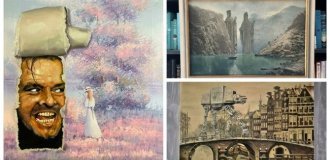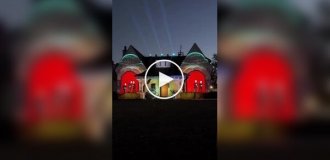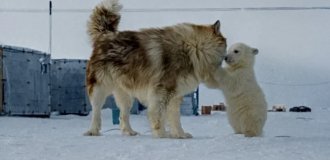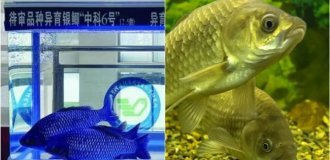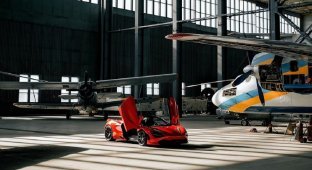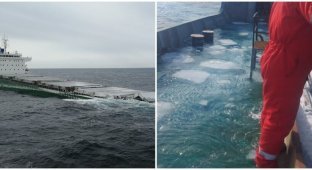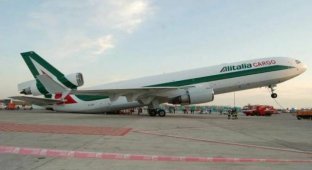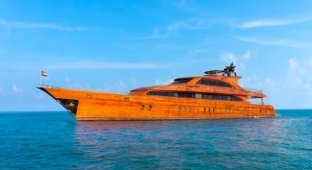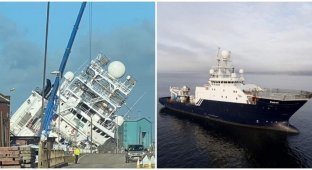Curious photos from the past of Asian countries (21 photos)
Immersing yourself in the history and culture of another country is always a fascinating journey. 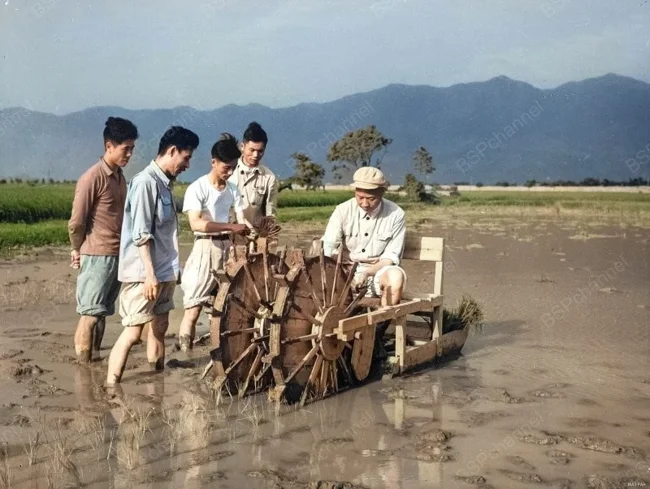
East meets West. Hong Kong, 1963. 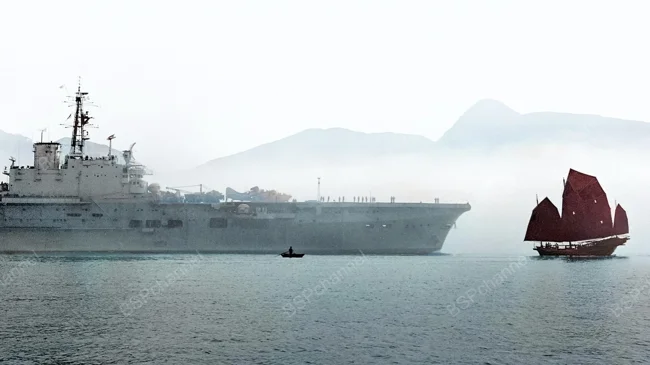
Photographer: Fan Ho
Two eras met on the high seas - the formidable British aircraft carrier HMS Centaur and an elegant Chinese junk. A junk is a traditional Chinese sailing vessel, one of the most recognizable symbols of Asia and China's maritime history. The junk is easily recognized by its raised stern and bow, as well as by its characteristic rectangular sails, which resemble a fan with their woven bamboo slats. These sails are very effective and allow the vessel to maneuver well even in headwinds. The vessel sails on rivers and near the coastline. Such boats are still very popular and are widely used in Southeast Asia.
Loading elephants. German ethnographic expedition of Egon von Eickstedt. Andaman Islands, 1926-1929. 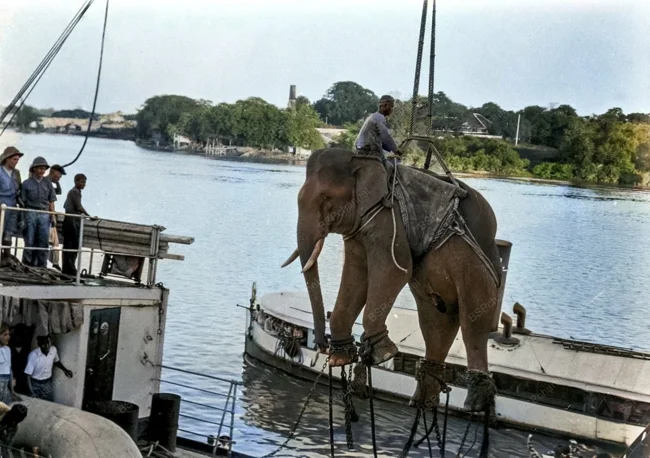
The Andaman Islands are a vast archipelago of 204 islands located in the Indian Ocean. Geographically, they are located between Myanmar and India, which includes them as part of the union territory called the Andaman and Nicobar Islands.
French Indochina, 1938 - 1939. 
Photographer: Egon von Eickstedt
French Indochina was a former colonial possession of France on the Indochina Peninsula. It included modern-day Vietnam, Laos, and Cambodia. It existed from the mid-19th century to the mid-20th century.
Refugees at a station in Busan, Korea, 1952. 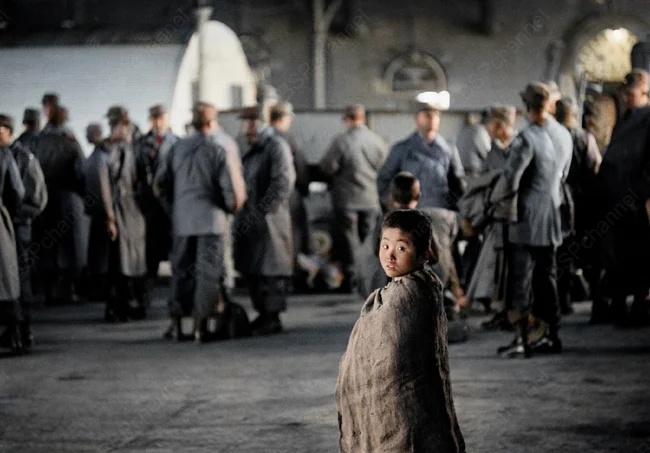
Tokyo Bathhouse, 1951. 
Photographer: Michael Rougier
Kite Festival. Ahmedabad, India, 1966. 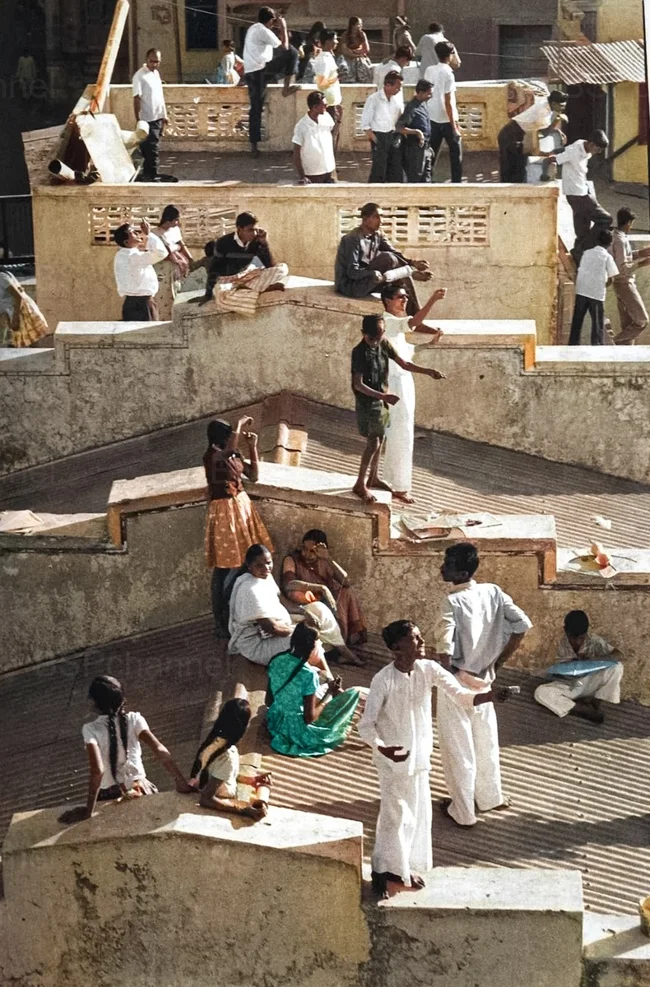
Photographer: Henri Cartier-Bresson
Potala Palace. Tibet, 1936. 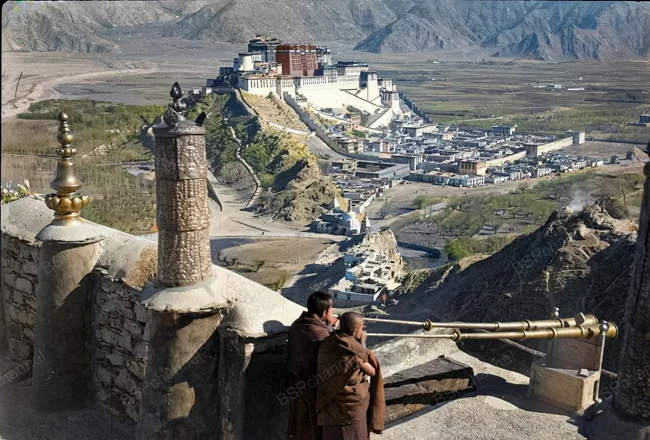
Photographer: Frederick Spencer Chapman
Rising to the sky at 12,500 feet, the legendary Potala Palace is a gigantic sacred fortress carved into the side of a mountain. For over a thousand years, it has been the heart and soul of Tibet — the impregnable residence of the Dalai Lamas, the seat of spiritual power, and the greatest architectural marvel of the Himalayas. Its golden roofs, white and scarlet walls hold priceless treasures of Buddhist art and age-old secrets.
A boat-type rice planter. China in the 1950s. 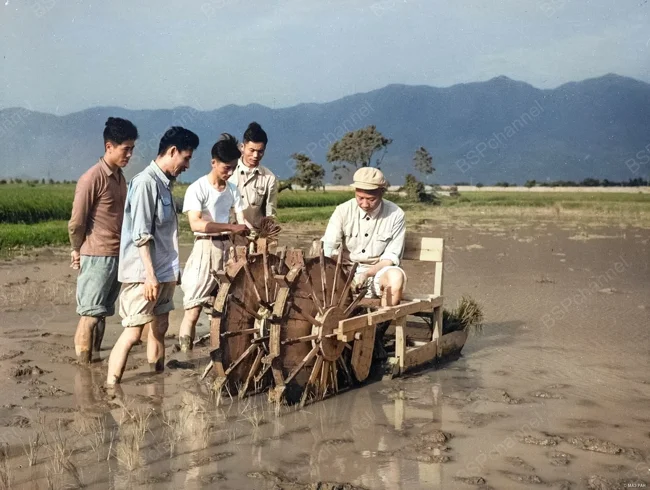
A settlement of illegal tenants in Kowloon. Hong Kong, 1963. 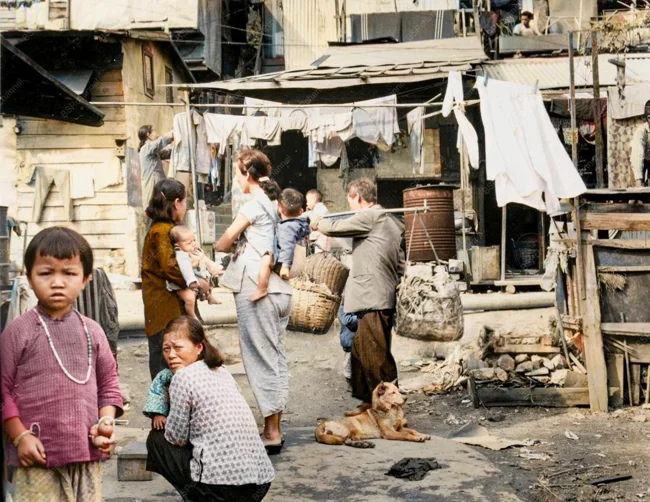
From the 1950s to the 1970s, Kowloon Walled City was controlled by the triads and became a hotbed of crime, with prostitution, gambling, and drug trafficking all thriving. By the early 1990s, its tiny area of less than 0.026 square kilometers was home to about 50,000 people, giving it a population density of about 2 million people per square kilometer, the highest in human history. In January 1987, the Hong Kong government announced plans to dismantle the enclave. Demolition began in March 1993 and was completed by April 1994. In December 1995, Kowloon Walled City Park was opened on the site of the former walled city, becoming a symbol of the transformation of a chaotic zone into a space of peace and history.
A watering hole on a mountain lake. China, 1950s. 
A display of cubic watermelons by designer Tomoyuki Ono. Japan, 1978. 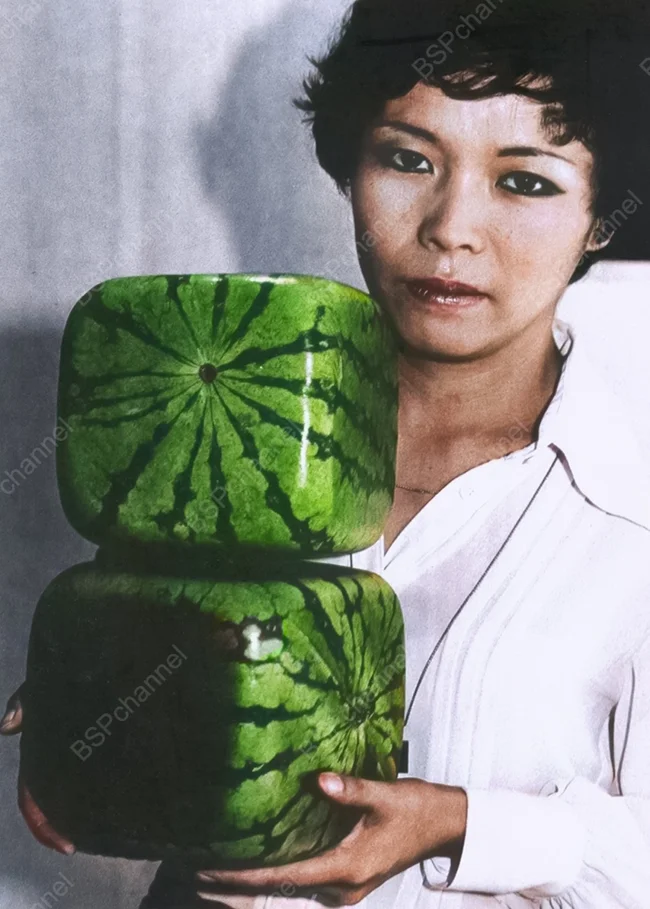
In 1978, Japanese designer Tomoyuki Ono patented a revolutionary idea — cube-shaped watermelons. To give the berries the perfect geometry, they were grown in special transparent containers and cut unripe. Although such a product was not intended for eating due to its taste, it became a fashionable and expensive gift in Japan, reaching a price of $415 per piece. The main advantages of the cubic watermelon were the convenience of storing in the refrigerator and ease of cutting.
Shanghai slums, 1940s. 
Over the past century, Shanghai has undergone dramatic transformations, becoming one of the most developed megacities in the world. Today, the city firmly holds its position in the top ten rankings of the most expensive cities to live in on the planet, demonstrating impressive rates of economic and infrastructural growth.
Photo shoot of a fashion student. Japan, 1951. 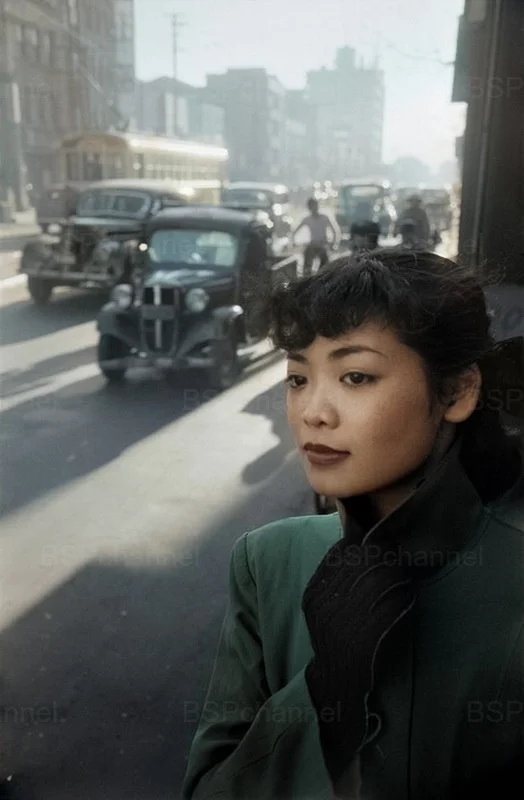
Fuxingmenneidajie Street. Beijing, 1966 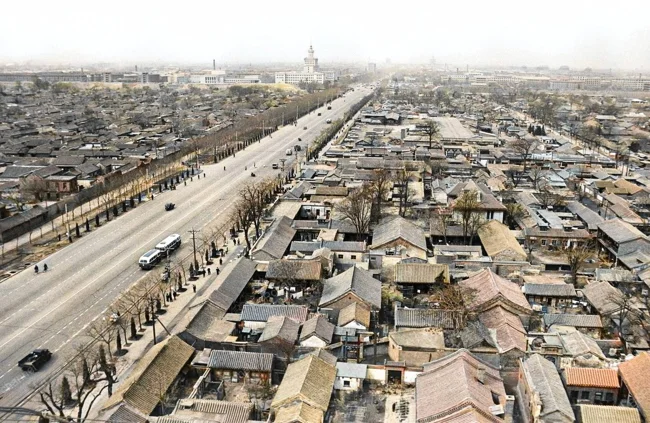
At that time, Fuxingmenneidajie Street, being the central artery of the Chinese capital, was a street with predominantly low-rise buildings, which determined its architectural appearance.
Street photographer. India, 1955. 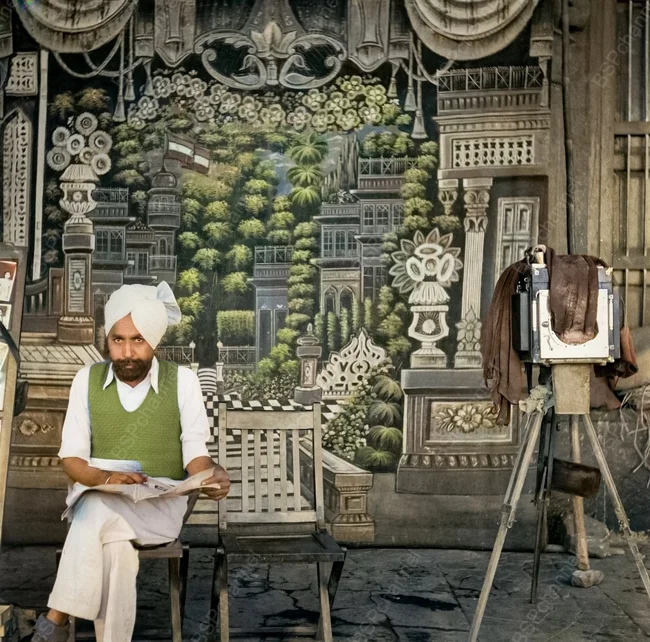
Photographer: Michael Wolgensinger
Victoria Harbor, Hong Kong, 1957. 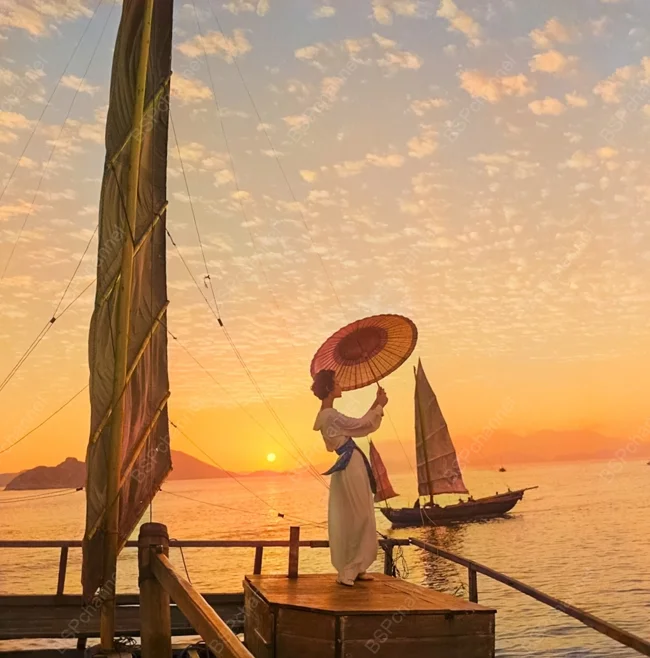
Photographer: Gleb Deryuzhinsky
Jaipur, India, 1956. 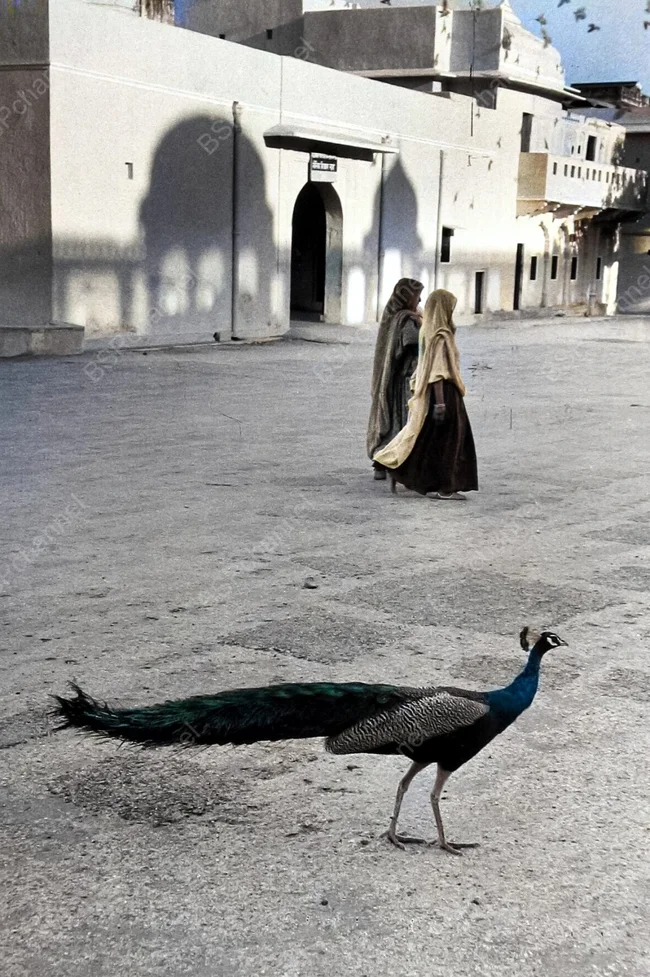
Photographer: Marc Riboud
The peacock is not just a beautiful bird for India. It is the country's national bird and one of the most important cultural and religious symbols. There is a deep history and mythology behind the peacock.
Tokyo, 1965. 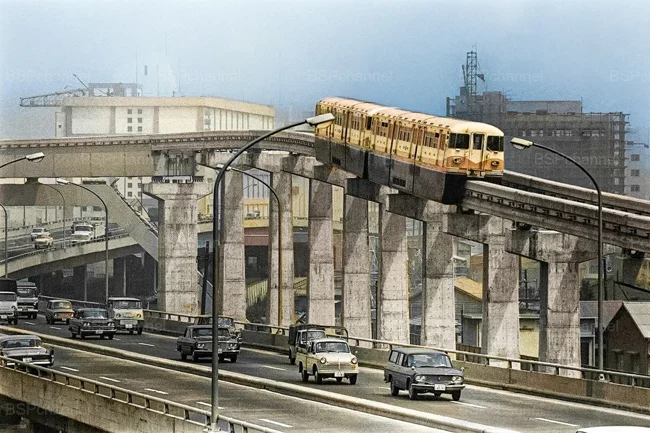
Hong Kong. 1954. 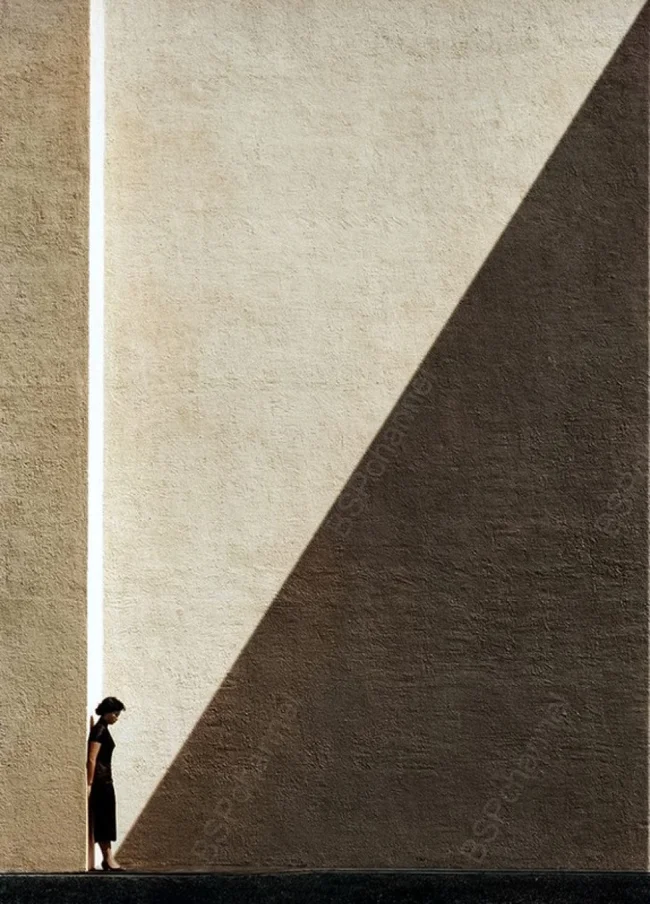
Photographer: Fan Ho
Kabukicho red-light district. Tokyo, 1960s-1970s 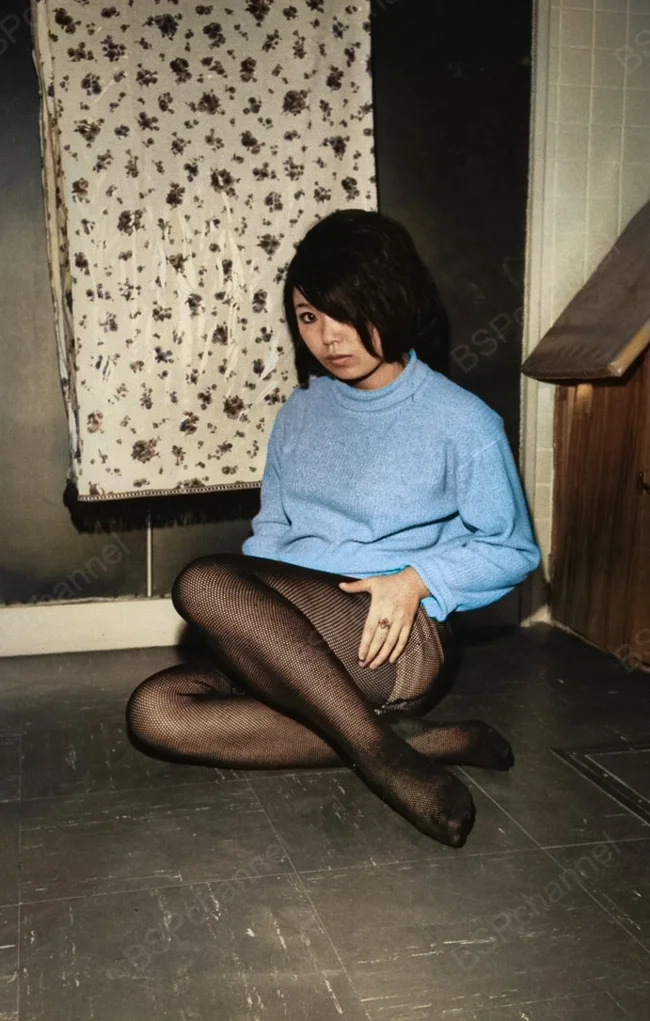
Kabukicho is a famous entertainment district in the Shinjuku ward of Tokyo. Despite its name being associated with the traditional Kabuki theatre (from which it gets its name), today the area is famous for its vibrant nightlife, with an abundance of bars, restaurants, clubs, cinemas and gaming parlors. It is one of the most lively and recognizable nightlife areas not only in Tokyo, but in all of Japan. In the 1960s and 1970s, Kabukicho was a place not only for entertainment, but also for criminal activity. The yakuza played a significant role in the life of the area, which is why Kabukicho was nicknamed "Sleepless City".
